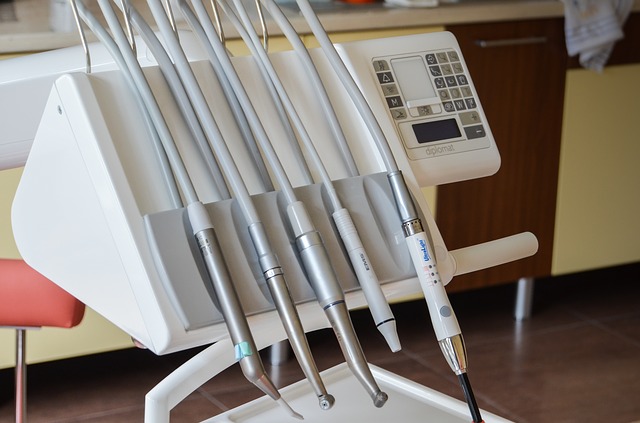An interesting article titled “What Are the Parameters for Reoperation in Mandibular Third Molars Submitted to Coronectomy? A Systematic Review,” appears in the 2019 edition of the Journal of Oral and Maxillofacial Surgery written by Barcellos et al. The article seeks to identify factors that are associated with needing a reoperation after having a lower wisdom tooth coronectomy. Coronectomy is often suggested to treat wisdom teeth where their is a belief their is a high chance of damage to the inferior alveolar nerve with their removal see for example Do People Know about Coronectomy For Management of Wisdom Teeth? and Coronectomy Five Year Follow Up. Typically such risk is assessed using panoramic radiography and cone-beam computed tomography.

In the article the authors implemented a systematic review exploring articles on wisdom teeth coronectomy up until June 2018. A total of 362 studies were initially selected and the authors arrived at 15 studies for their systematic review after meeting their inclusion guidelines. In these 15 studies a total of 1,664 patients underwent coronectomy on 2,062 wisdom teeth, of which 105 wisdom teeth had a reoperation. The most common reasons for reoperation were residual root exposure due to migration (53.33%), infection (10.47%), pain (9.52%), and residual enamel (9.52%). However two of the 15 studies did not mention the reason why reoperation occured. The authors used 7 of the 15 studies to calculate the average time from coronectomy until reoperaton and found this to be 10.4 months. It is noteworthy that some studies that explored reoperation only covered 6 months after coronectomy while others covered 10 years after coronectomy. The authors state
“The main reasons for a second procedure were related to symptomatology, root exposure, and presence of residual enamel. Based on the reoperation rate of 5.1%, the second procedure, despite being a technical disadvantage, does not represent a failure, and coronectomy remains a safe alternative for the extraction of mandibular third molars [wisdom teeth] closely connected to the mandibular canal.”
The authors mention that none of the 15 studies they reviewed mentioned a reoperation solely because of root migration without any signs of root exposure in the oral cavity, infection, pain, or residual enamel. The current thinking is that if root exposure in the oral cavity occurs the residual roots should be removed to avoid inflammation and infection that can develop. The authors feel that better studies in the future can be conducted to explore reoperation after coronectomy and would like to see more objective criteria used such as the position and morphology of the lower wisdom teeth. They also mention that it is necessary for these studies to be carried out for longer than 6 months after coronectomy because they found that the time until reoperation after coronectomy can be longer than 6 months. The authors also suggest that panoramic radiography should be conducted after coronectomy to evaluate the procedure and determine if there is any residual enamel present. If residual enamel is found to be present a second procedure should then be conducted to remove the residual enamel.
